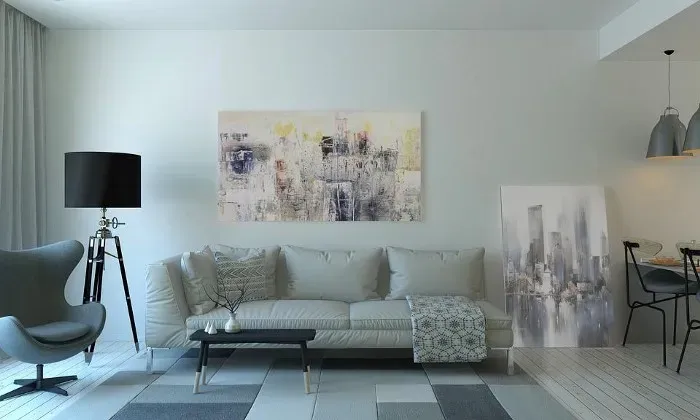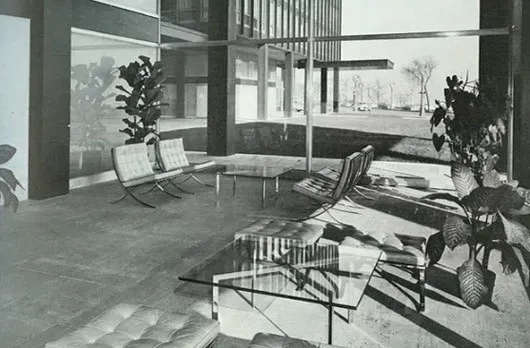Investing Your Hard Earned Cash into the Wonderful World of Art

James Broad
Jun 22, 2024 | 5 min read
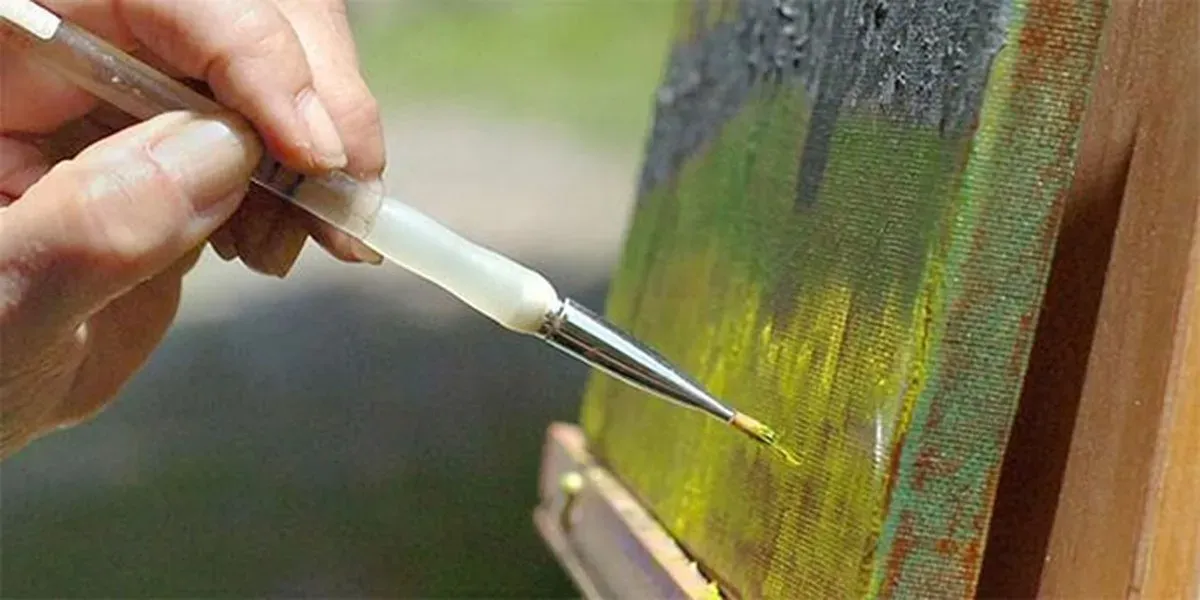
Art is a wonderful thing — it can lift your spirits when you feel low, it can completely change the feel of your room but most of all, if you buy right, you can earn some serious cash in the process. When you think of the word “investment”, art may not be the first thing that springs to mind. Maybe it’s stocks and shares? Maybe you were the one of many who invested into Royal Doulton Toby jugs (oops) or maybe you want to invest your fortunes into bricks and mortar? I’m not here to say you shouldn't be doing these things, but I’d like to open your mind and give you an insight into investing your £££’s into the wonderful world of art, instead of the more “conventional” investment avenues.
Although art can make people some serious money, it isn't something you can learn to do over night and rarely is it something you can earn fortunes in immediately. But, if you’re willing to put the hours into research and make peace with the fact that you may initially lose money in the process, then you could quite easily become extremely wealthy once you become an art investor.
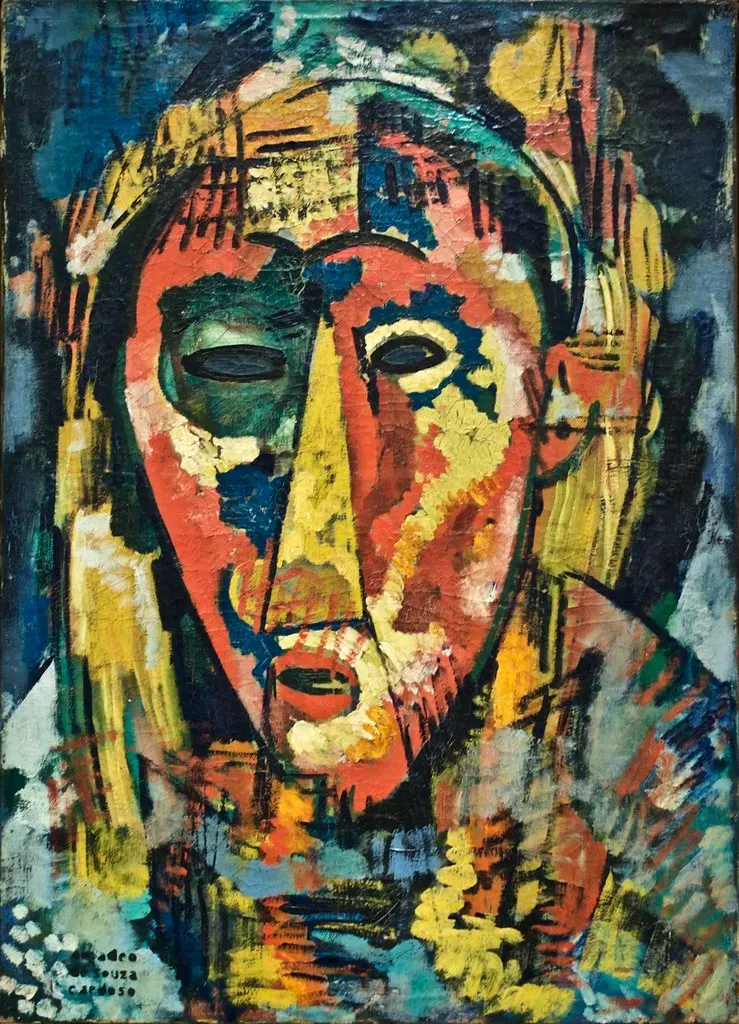
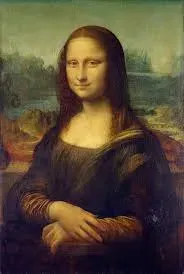
First Things First
Investing into art is completely different to dabbling in stocks and shares; firstly you should pick a specific style of art you would like to invest in. Just like antiques, you can’t know every style or period of art. You could certainly try, but unless you have a brain like a sponge and all the hours in the day, I wouldn't recommend it! There are hundreds of styles to research, so pick a style that excites you, a style which you would proudly hang on the living room wall and a style which you feel comfortable in buying. Whether that be sticking to the Old Masters, exploring the world of contemporary or choosing a specific part of the world instead. What ever you choose, immerse yourself in it! Research the artists’ history, learn their habits, visit museums, fairs and auctions and learn as much as possible so that you can become a successful art investor.
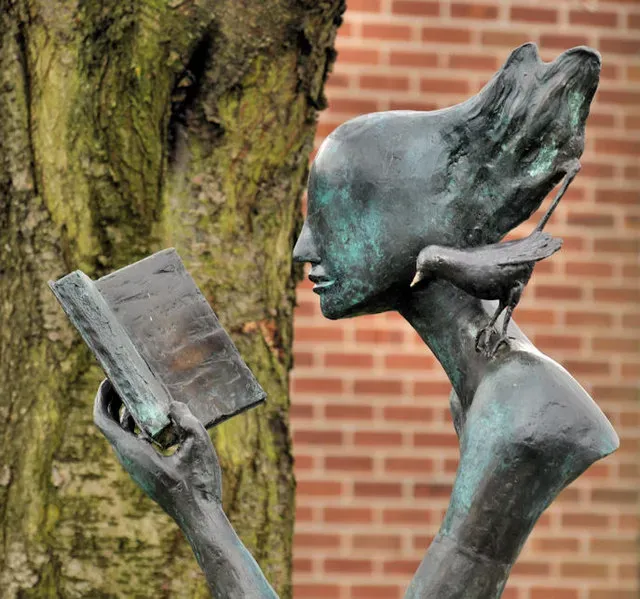
Now you've decided the style (or region) of art that you want to specialise in, the next thing to decide is the media of art you want to spend your money on. Are you going to invest exclusively in oil or watercolour paintings? Or do you want to venture into the world of sculpture or photography? The list is endless and only you can decide the type of art that you would like to explore. So before you start buying, decide the media that most suits your style.

Research, Research, Research and wait... More Research!
Like I said earlier, investing in art isn't an overnight job and it’s certainly not something you should do without investing your time (remember the age old saying time is money!). Learn about the market and sign up to reference sites such as Blouin art sales or Artnet where you can view previous auction prices of pieces that have been through the mill before. Be aware though, when viewing these sites make sure to look at the sale dates - fashions change often and it may give you a false value! There’s many different places to buy art from but there’s only a few places that you can trust. If you’re buying art, buy from a reputable dealer, galleries or established auction houses. These places wouldn't want to damage their well made reputation and if the painting you’ve just bought for £5000 turns out to be a copy, and they listed it is as a genuine, you may be able to get your money back. But to save the trouble of this, if you are planning on spending a lot of money on a piece then invest in a professional appraisal — it would cost much less than buying a fake, believe me!
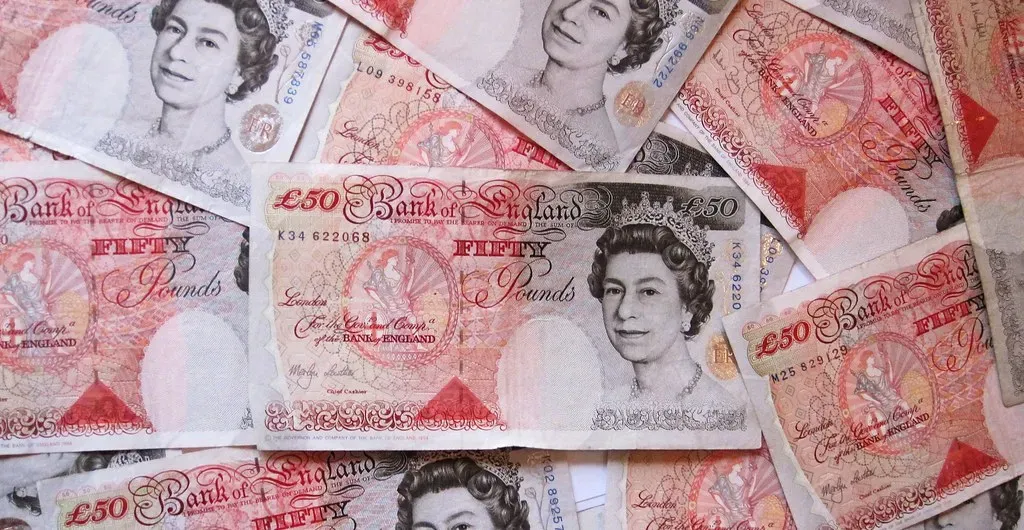
How Expensive is Art?
There isn't a set value for art. A painting could cost as little as £50.00 or if the painting is highly desirable or rare, the prices have been known to go into the millions. So how much you’re willing to spend depends on how much your bank balance can afford. My main piece of advice would be to start with buying art from smaller names, visit independent galleries and try and search for up and coming artists. This way, you don’t need to invest too much of your capital, whilst still learning the basics, supporting new artists and getting used to handling different types of paintings. Once you feel comfortable in buying art and you've researched your chosen area, then you are ready to start buying the quality pieces you set out to buy. Always buy the best that your wallet can afford, stretch yourself and always buy quality over quantity.
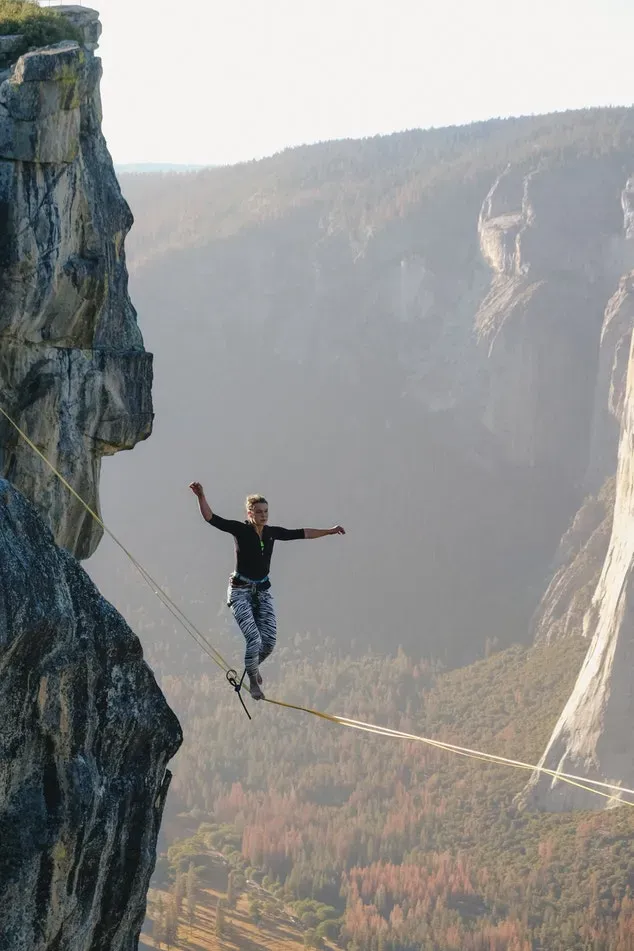
Like Any Investment, There's Always a Risk Involved!
I’m not trying to lead you down the flowery garden path and make you believe that if you buy a piece of art you will inevitably make money because unfortunately, this certainly isn't the case, otherwise every man and his dog would be doing it! The two biggest risks to the global art market are political and economic uncertainty, so whilst Brexit is looming, I’d recommend erring on the side of caution when investing in art! Wait to see the outcome, get educated and hit the buying market when you think the time is right and prices begin to drop. Luckily, art has a low correlation to more traditional investments such as stocks, meaning it has the potential to remain stable or increase in value if the market declines.
So instead of looking at figures on a computer screen, why not display your investment proudly for all your friends and family to see? This is the beauty of art, you are actually able to enjoy your investment, but not only this, it could also be much more profitable!
